In today's fast-paced world, many people assume that effective exercise must be intense, sweaty, and exhausting. But that’s far from the truth. Non-strenuous exercise—gentle, low-effort movement—is an underrated yet powerful tool for improving health, relieving stress, and building a consistent fitness habit, especially for beginners, older adults, or those recovering from injuries.
What Are Non-Strenuous Exercises?
Non-strenuous workouts involve movement that doesn’t overly tax your muscles or cardiovascular system. These exercises are performed at a pace that allows you to carry on a conversation and don’t leave you feeling out of breath. They may include:
-
Walking at a relaxed pace
-
Gentle yoga or stretching routines
-
Tai Chi or Qigong
-
Water aerobics
-
Light resistance band training
-
Leisure cycling on flat ground
These movements can still support cardiovascular health, joint mobility, muscle tone, and mental clarity—without causing fatigue or burnout.
Who Benefits From Non-Strenuous Workouts?
Anyone can benefit, but they’re especially ideal for:
-
People returning to fitness after a break or illness
-
Seniors looking to stay mobile and independent
-
Individuals managing chronic pain, fatigue, or joint sensitivity
-
Office workers needing low-effort daily movement
-
Anyone seeking a calm, restorative form of physical activity
My Personal Take
After years of coaching both high-performance athletes and everyday folks, I’ve learned that the most sustainable workouts are often the simplest. One client, a 62-year-old with arthritis, made more consistent progress walking 20 minutes each morning and doing chair yoga three times a week than she ever did with intense fitness apps. She not only improved her range of motion but reported better sleep and lower anxiety.
Non-Strenuous Activities to Try Daily
Incorporate movement into your day without needing a gym or workout clothes:
-
Do gentle stretches while watching TV
-
Take the stairs slowly instead of the elevator
-
Walk your dog a bit farther
-
Stand and sway while talking on the phone
-
Garden, clean, or run errands on foot when possible
These non-strenuous activities accumulate to support long-term health—even if they don’t “feel” like traditional exercise.
Final Thoughts
Exercise doesn’t have to hurt to help. If you’re feeling overwhelmed, out of shape, or simply tired of intense routines, give non-strenuous workouts a try. You may find that the path to strength and wellness is gentler than you thought—yet just as effective.


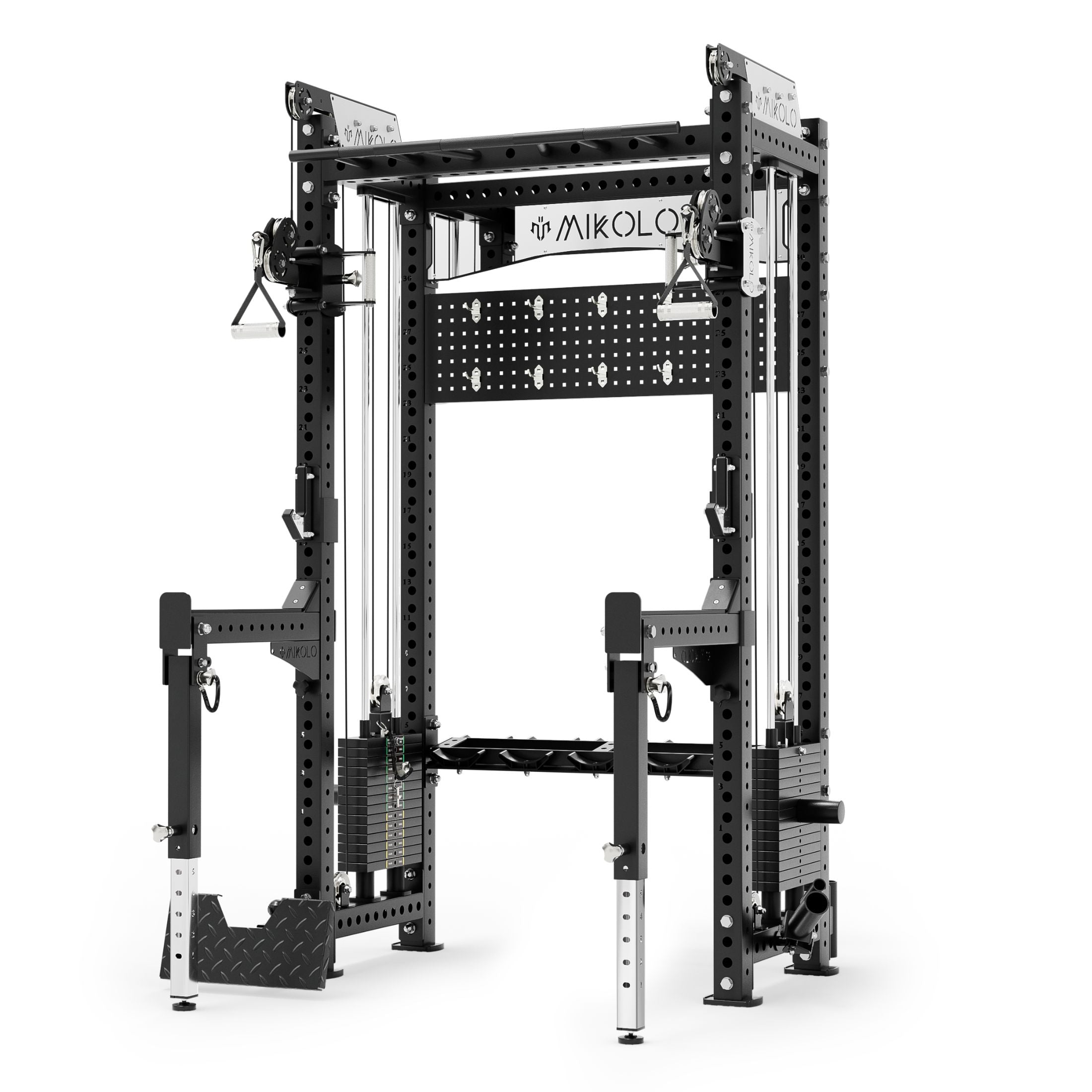
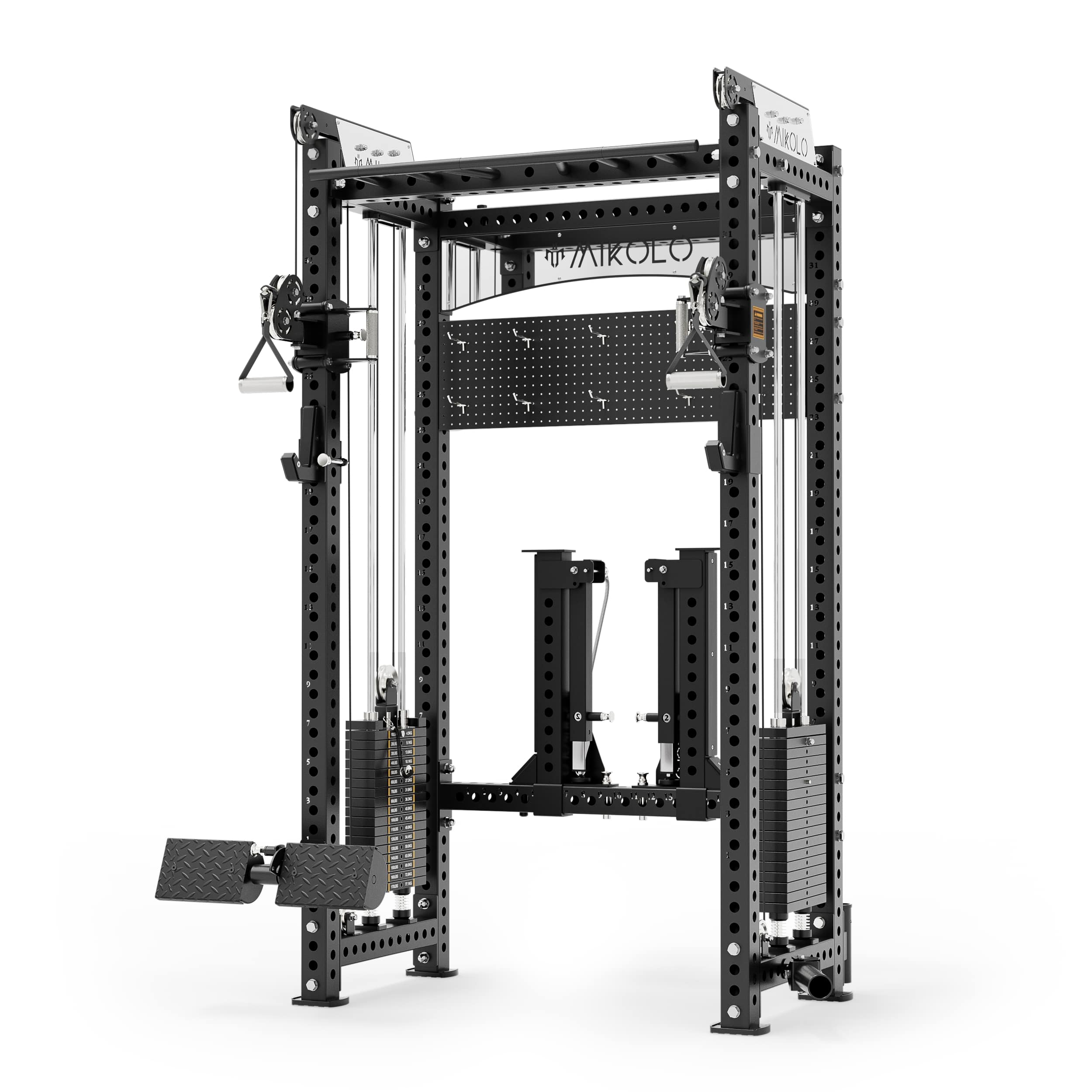
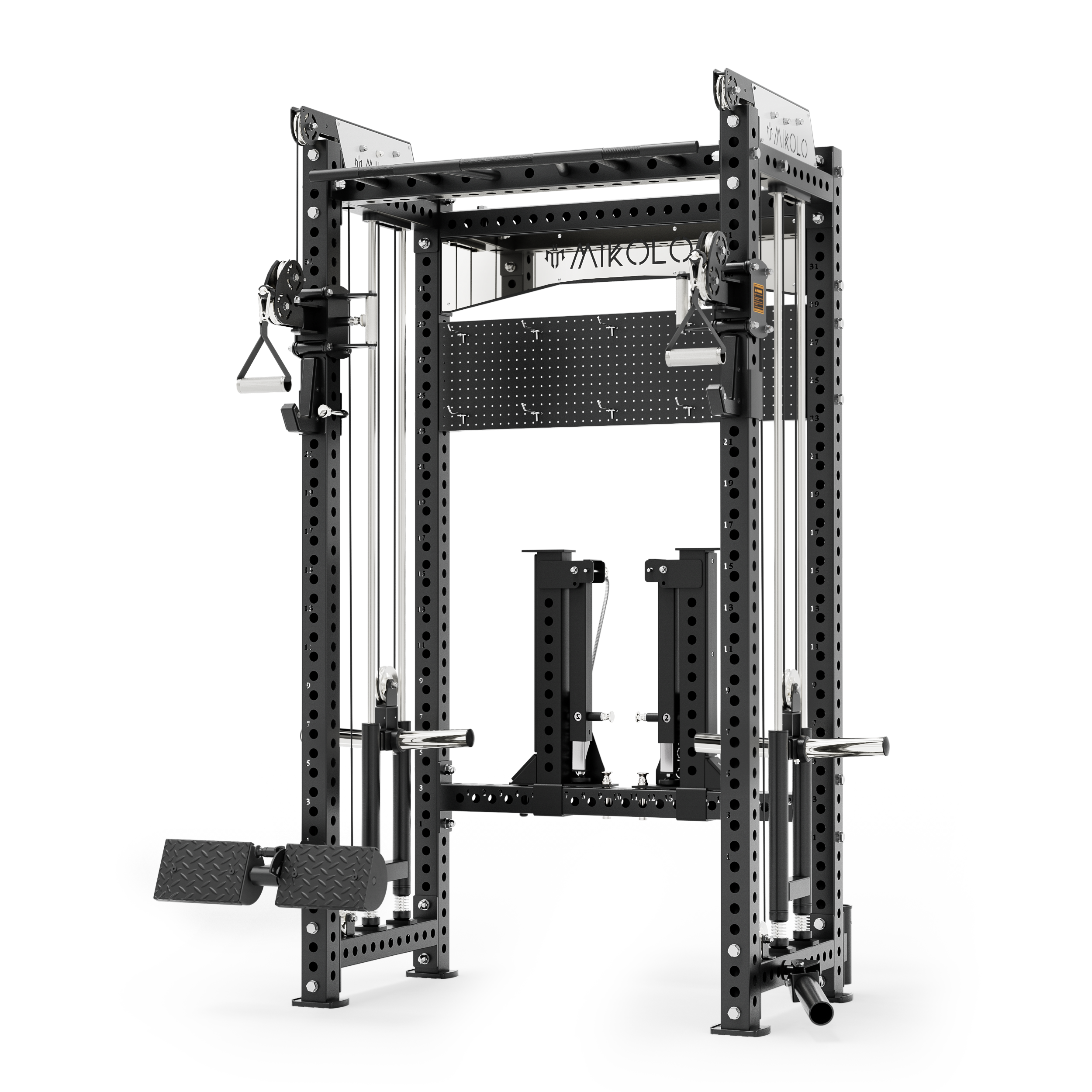


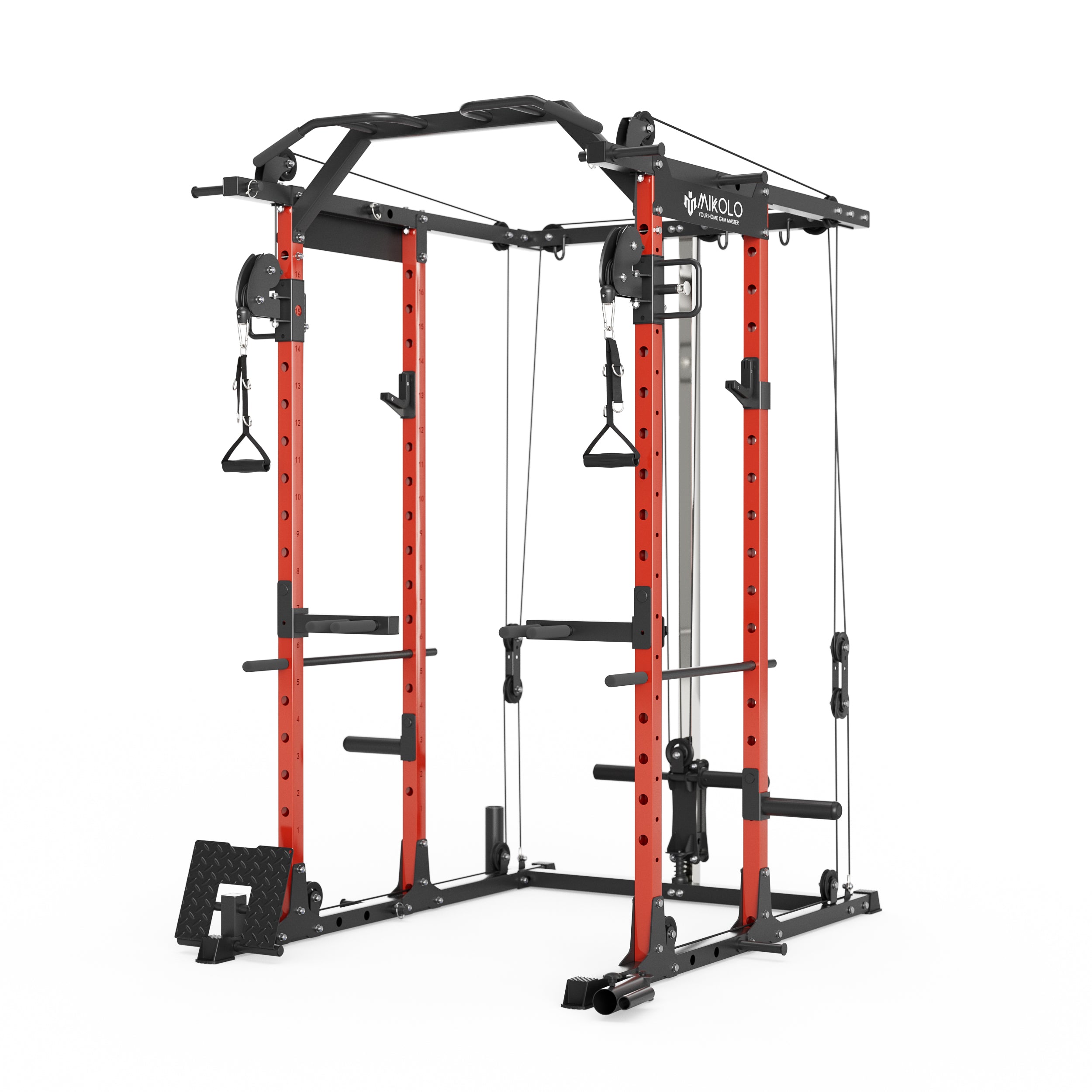
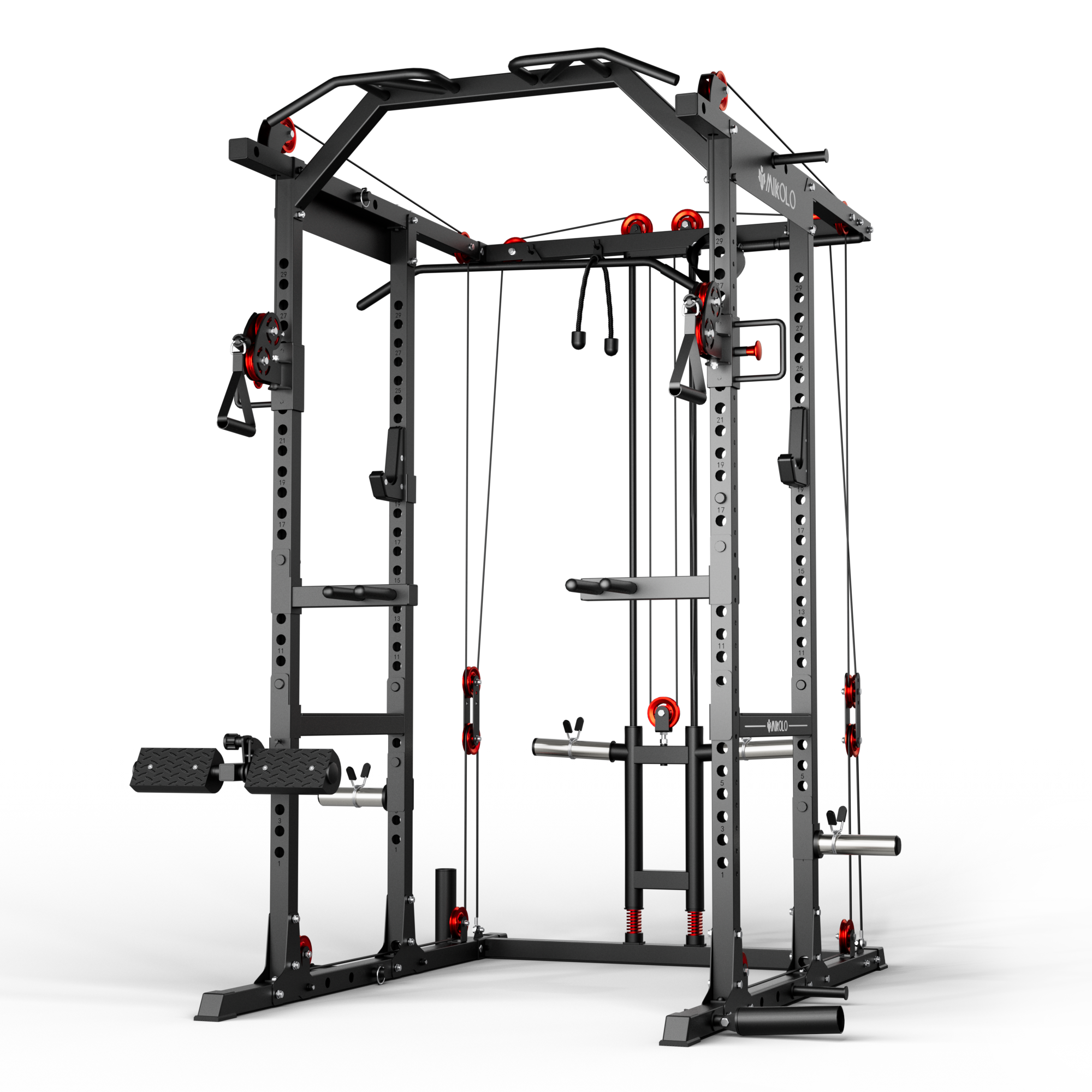


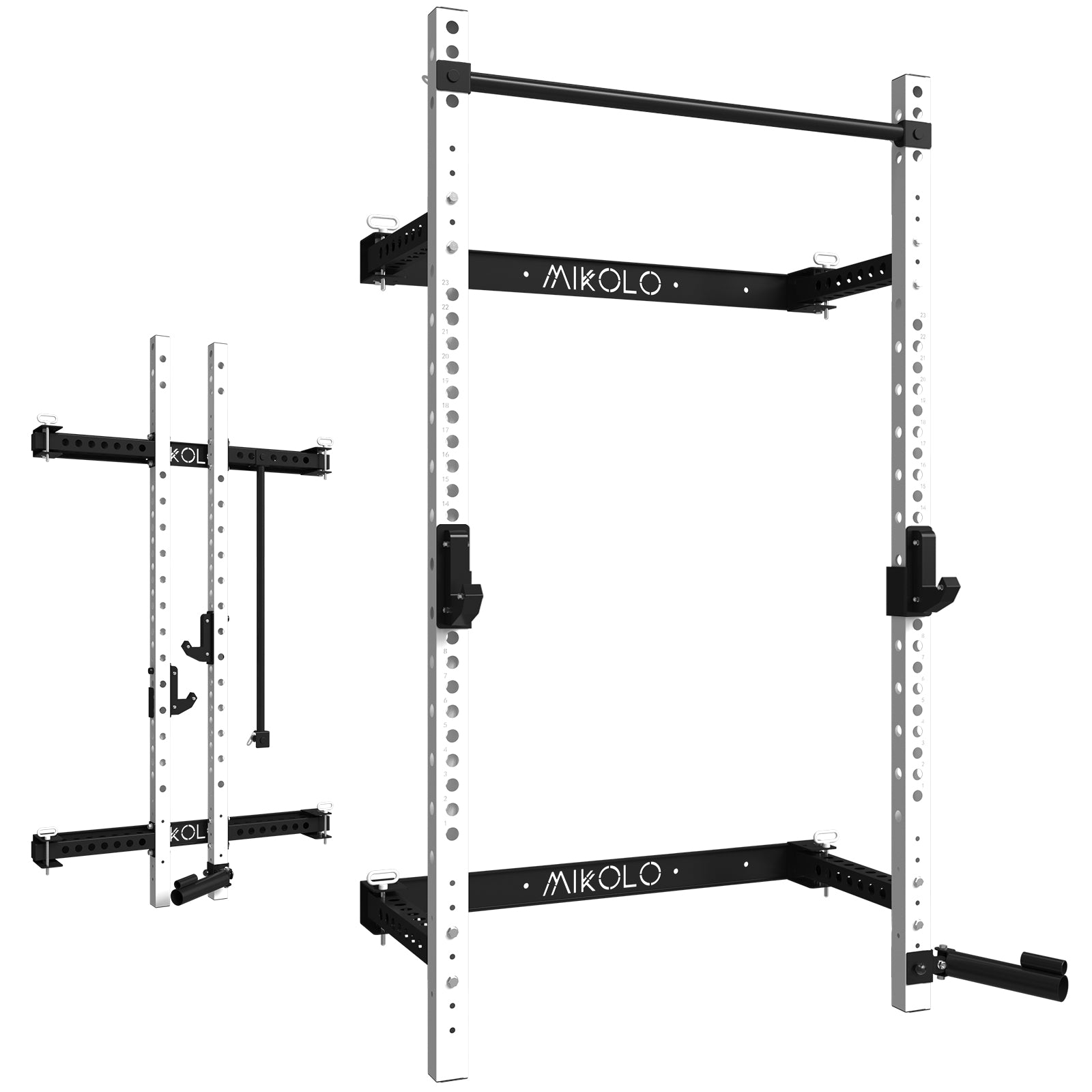


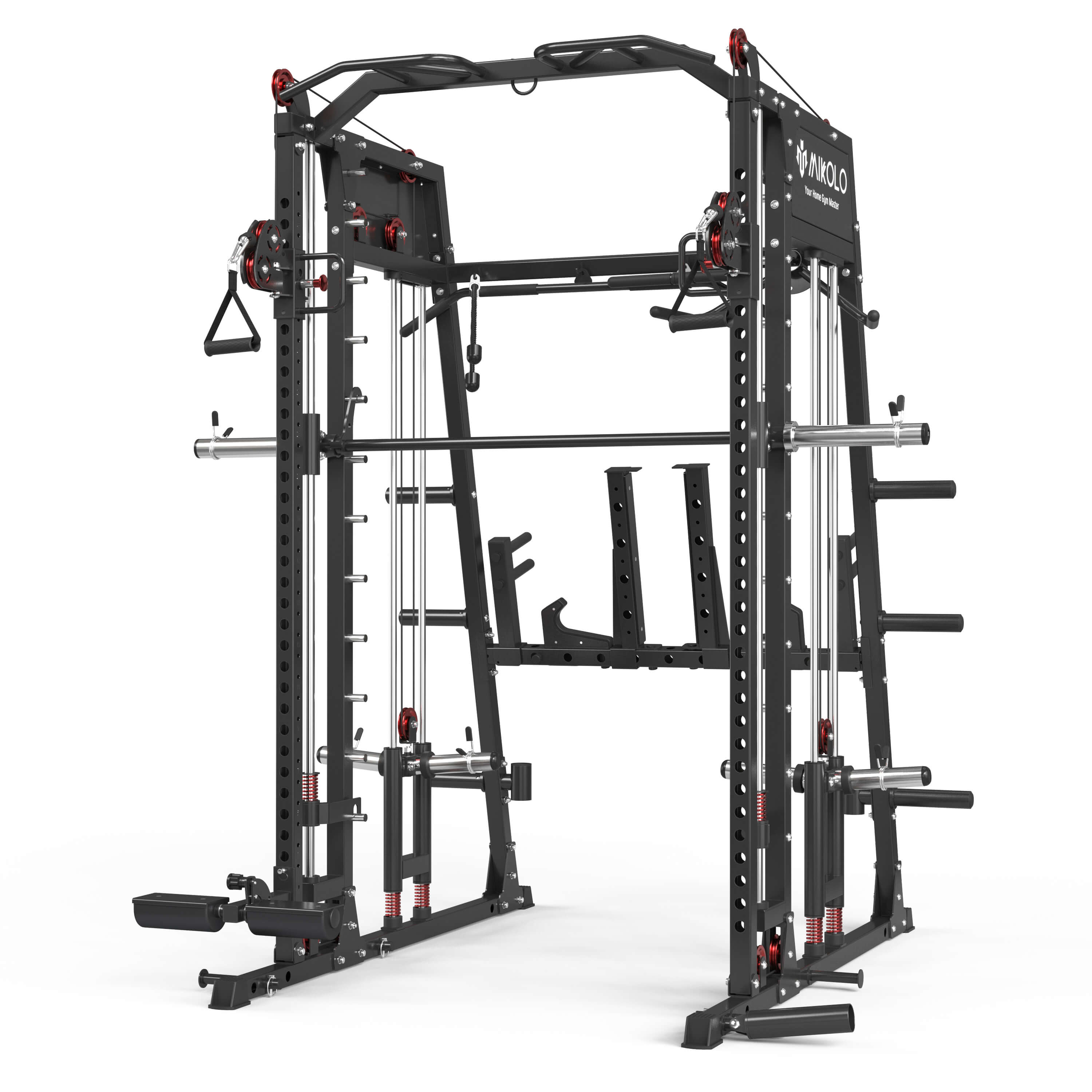
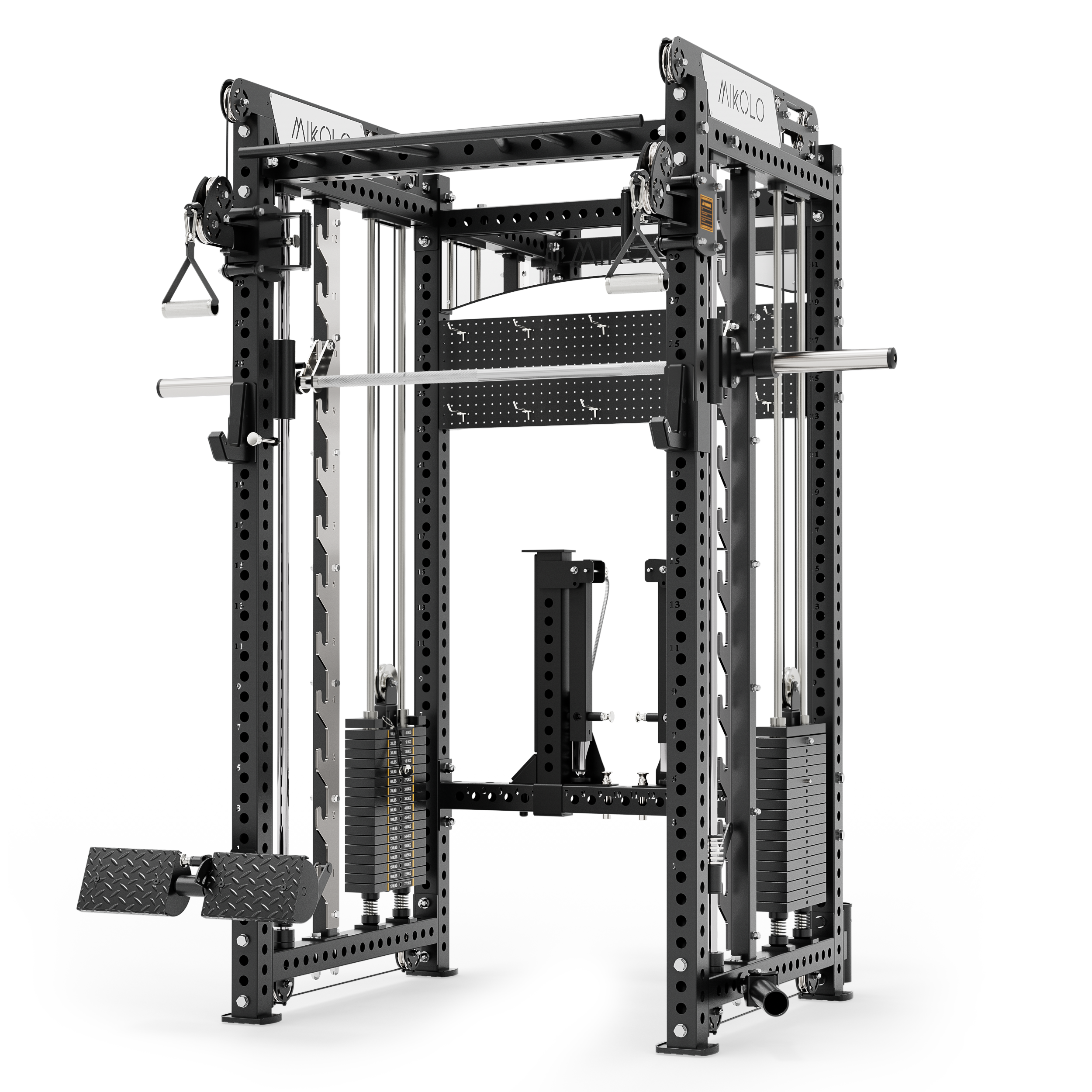
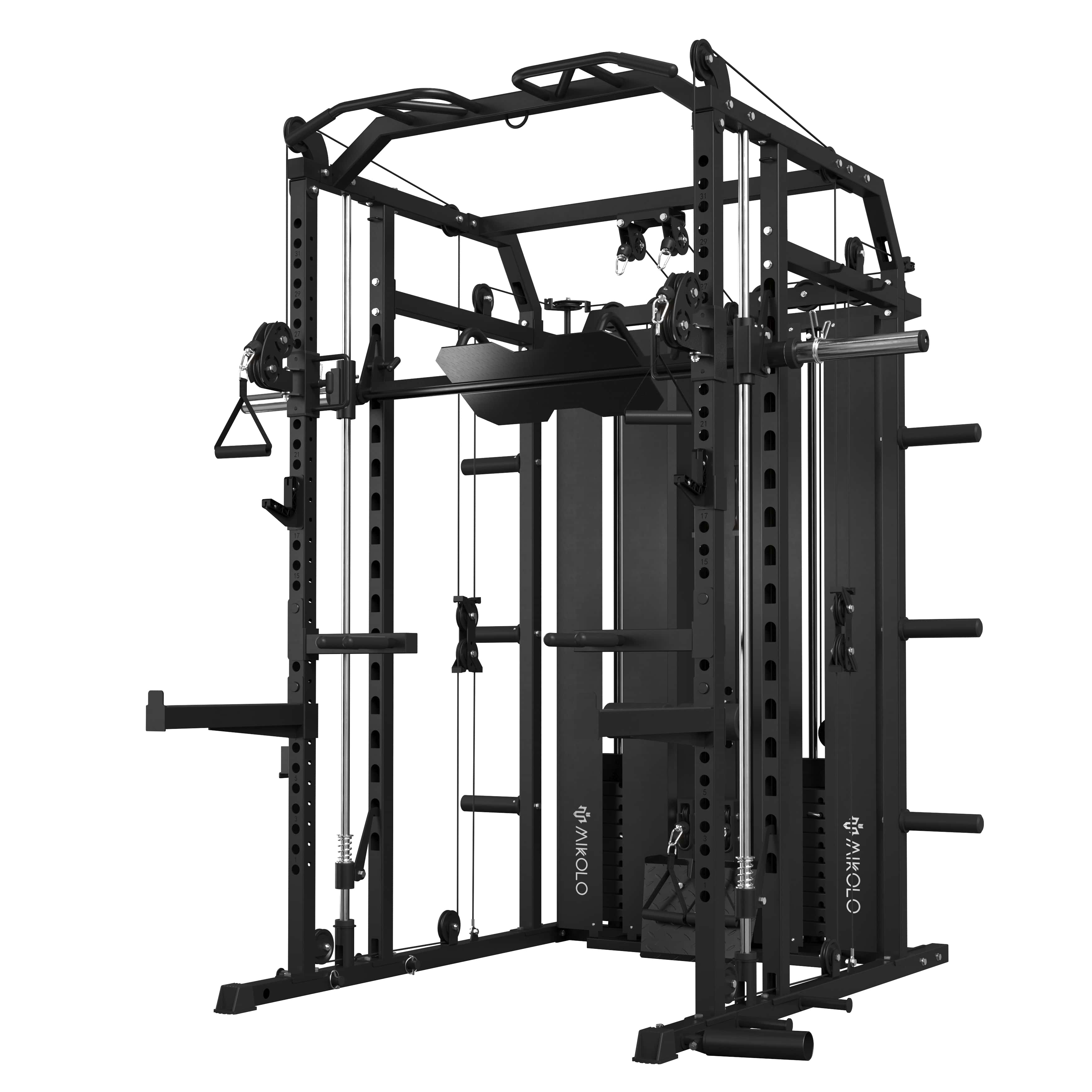




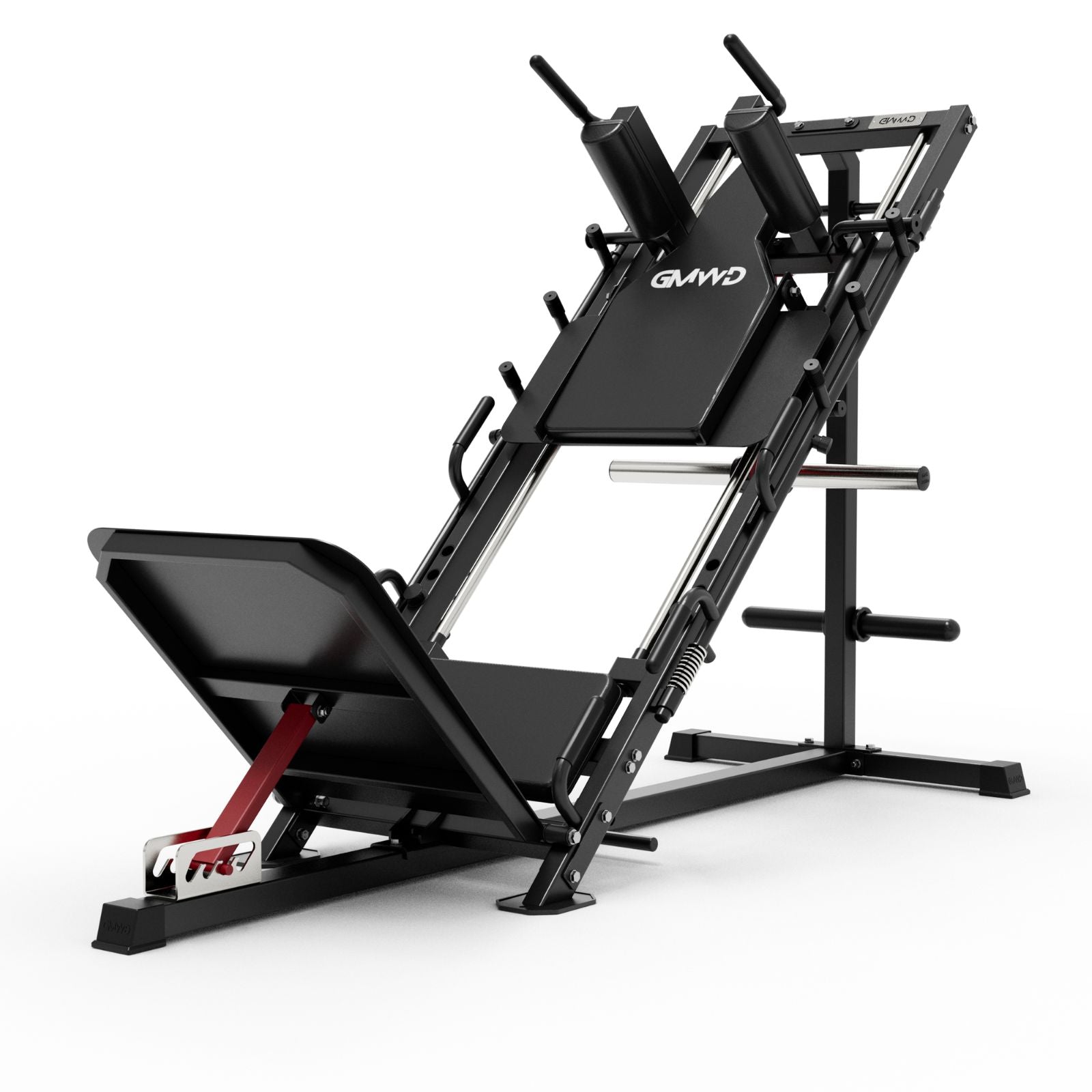





















Leave a comment
This site is protected by hCaptcha and the hCaptcha Privacy Policy and Terms of Service apply.